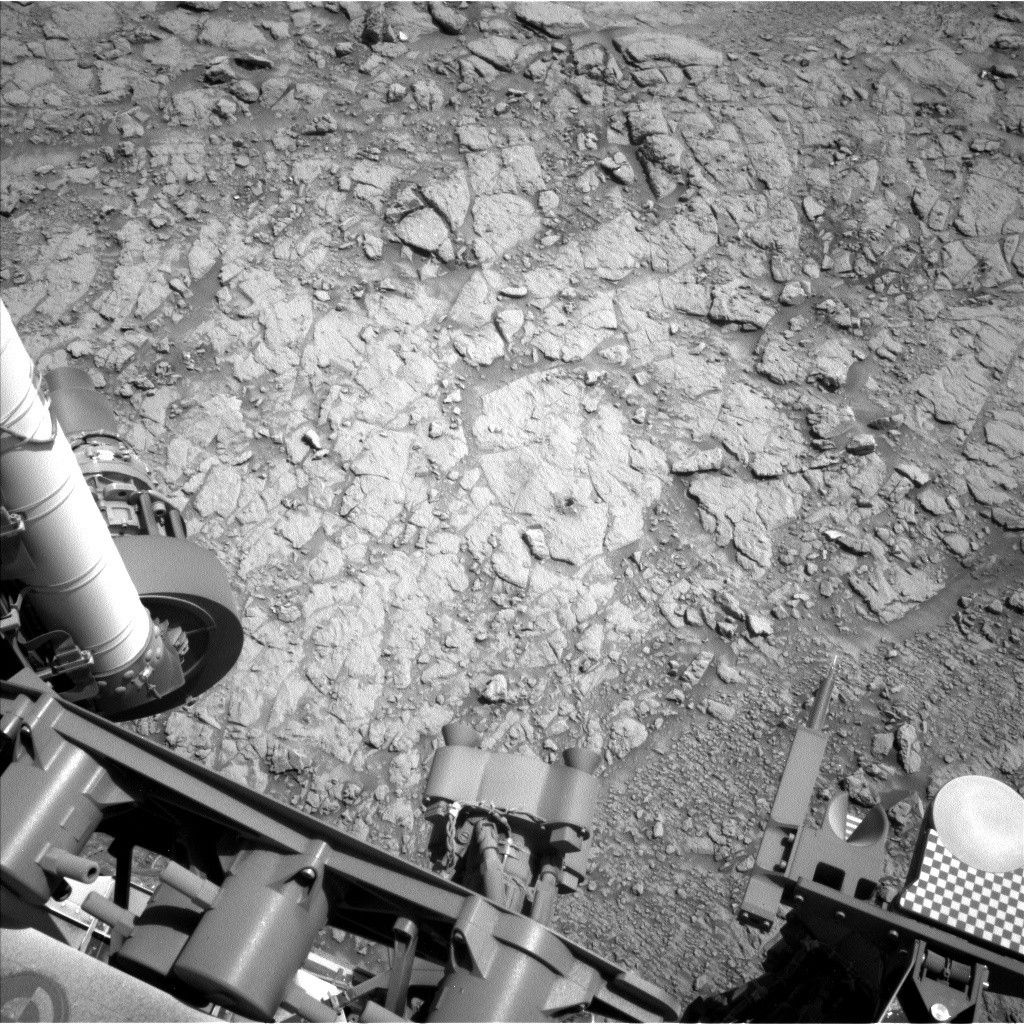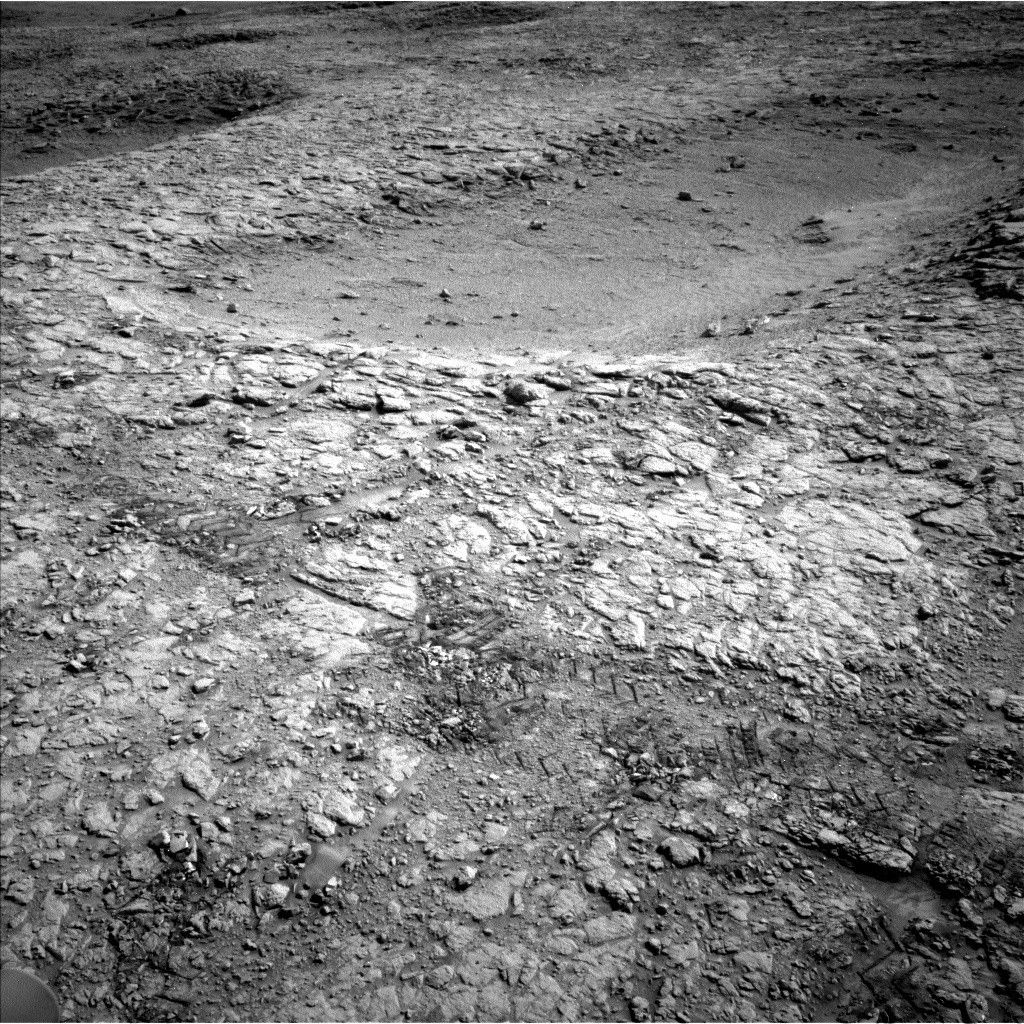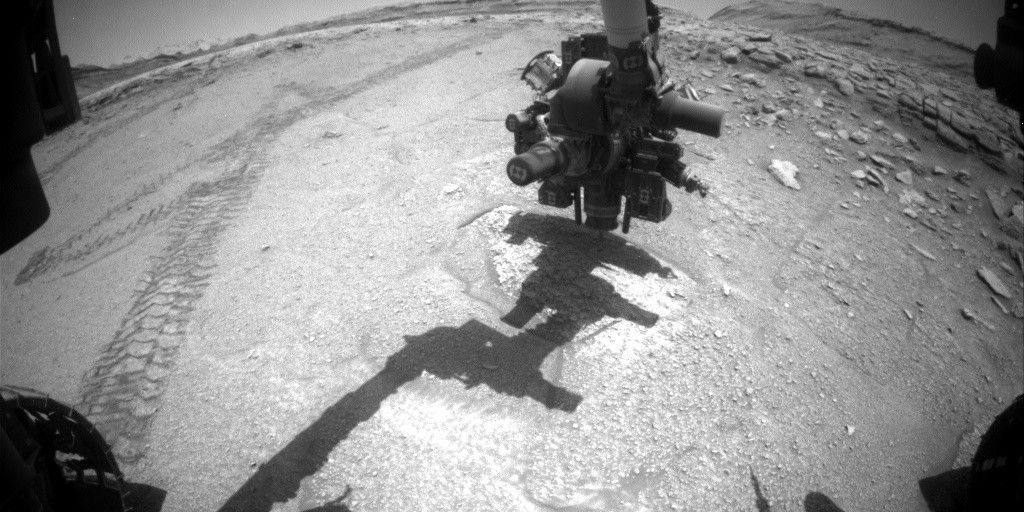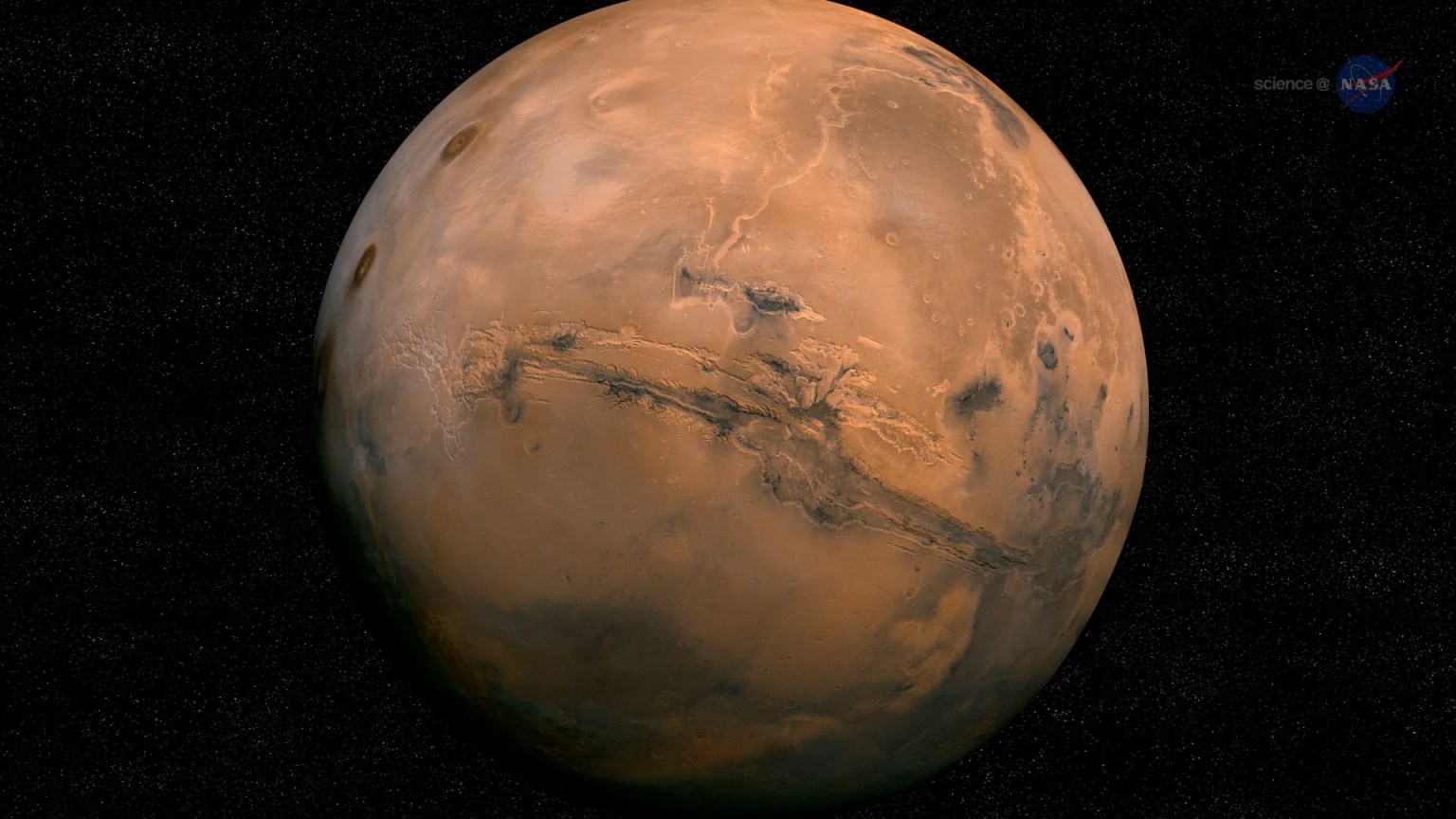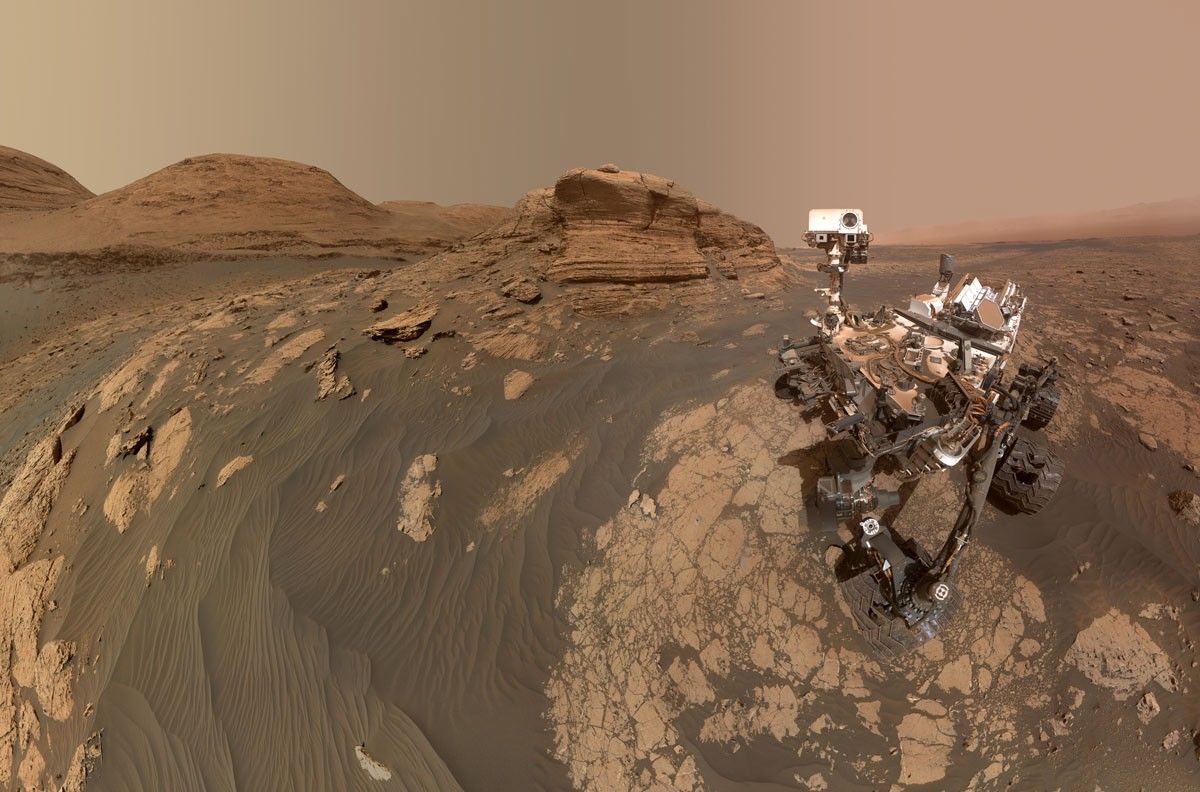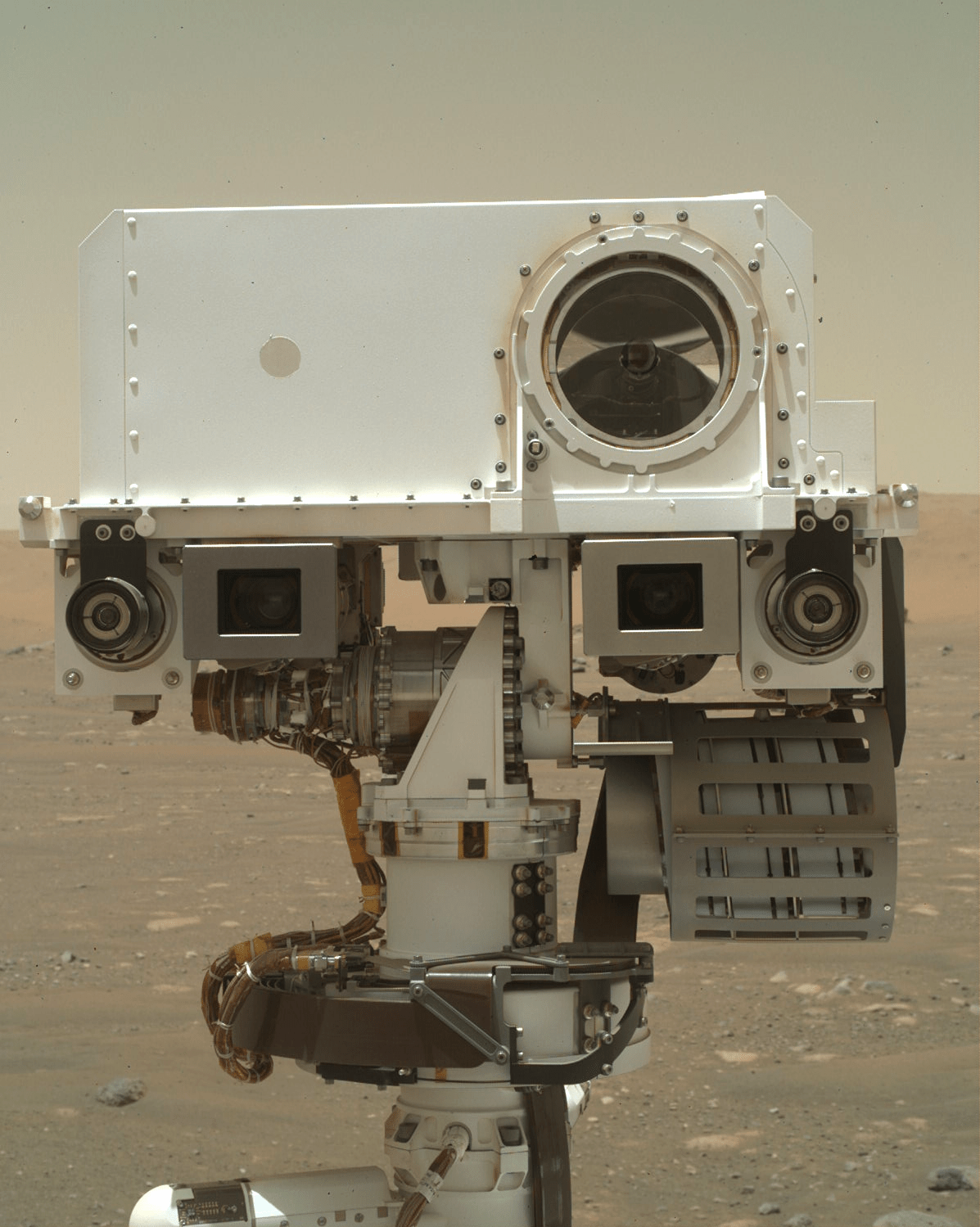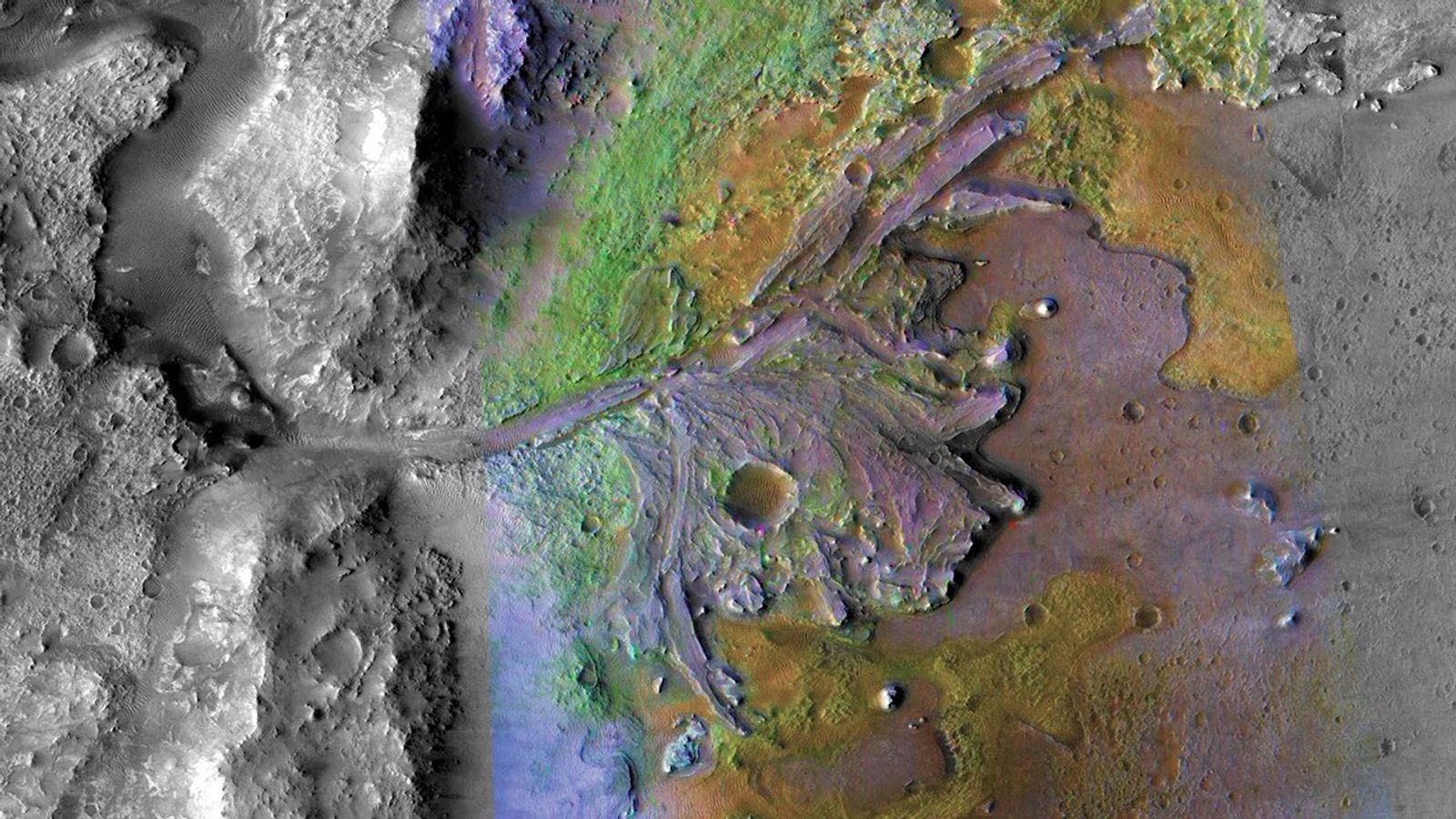Today’s plan covers sols 1531-1533, which will take us
through the Thanksgiving holiday weekend. We are in place at our next drill
location "Precipice" so there will be no driving in the plan, just a lot of
science and preparation for drilling!
Sol 1531 will start off with ChemCam observations of
Precipice as well as the targets "Frenchman Bay" and "Hunter’s Beach", followed
by Mastcam documentation of all three targets. I also managed to fit a request
for some Navcams of Mt. Sharp in the Sol 1531 science block to enable some long
distance RMI observations next week. After the science block, the rover will do
the "pre-load test" on our drilling target to improve the accuracy of the drill
next week. Precipice will also be brushed off, and APXS will settle in for an
overnight measurement.
On Sol 1532, Mastcam starts off with an observation of the
distant foothills of Mt. Sharp, multispectral imaging of the Precipice target
(along with the associated calibration target), and imaging of the rover deck to
watch for changes in the sand and dust that have collected there. Mastcam will
also take a stereo image of the location where the previous drill sample will
be dumped. ChemCam has an observation of a target called "Breakneck Pond" which
will then be documented by Mastcam. We will round out the science block with
Mastcam and Navcam atmospheric observations. Finally, on Sol 1533, we will dump
out our previous drill sample and do an APXS measurement on the dump pile.
While the rover is busy with all of that, the Americans on
the MSL team will be celebrating Thanksgiving, and thinking about how thankful
we are that we get to work on such an amazing project with such great
colleagues! by Ryan Anderson -Ryan is a planetary scientist at the USGS Astrogeology Science Center and a member of the ChemCam team on MSL. Dates of planned rover activities described in these reports are subject to change due to a variety of factors related to the martian environment, communication relays and rover status
Written by Ryan Anderson, Planetary Geologist at USGS Astrogeology Science Center


























